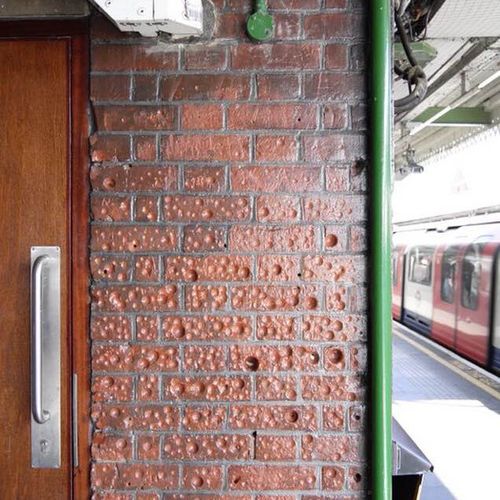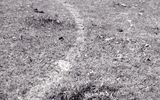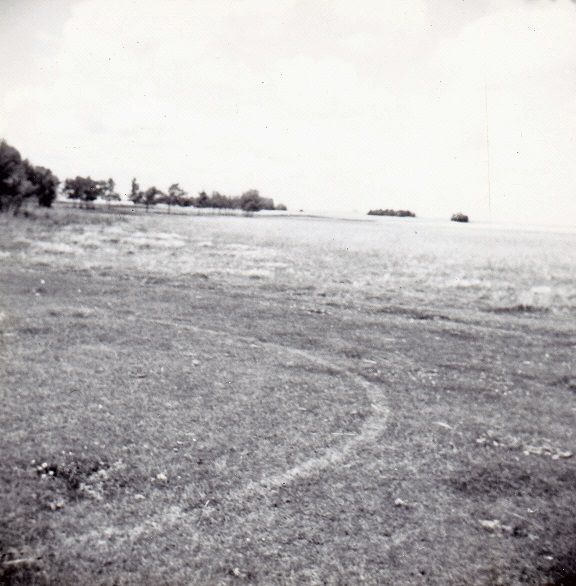| ID | #1490614232 |
| Añadido | Lun, 27/03/2017 |
| Autor | July N. |
| Fuentes | |
| Fenómenos | |
| Estado | Investigación
|
Datos iniciales
Los anillos fueron descubiertos en las afueras de Камроуза en 1967. Información tomada del informe "Onsite Inspection of Reputado UFO Landing Marks at Duhamel, Alberta ". En diversas fuentes, sobre este caso, se indica diferente ubicación a veces Камроуз, y a veces duhamel (ambos se encuentran en la provincia canadiense de alberta).
La formación se compone de seis o siete de los anillos (en una de las fuentes señaló que "los anillos" un total de cuatro y tienen forma de herradura) corta la hierba. Hierba muy предавлена.
La primera ronda fue encontrado por un agricultor Edgar Shielke 5 de agosto de 1967. El resto - un día después.
El ancho de los anillos de 13 cm y 18 cm, diámetro de alrededor de 11 metros.
El caso fue divulgado en проессе. Por ejemplo, en el periódico Camrose Canadian.
Traducido del servicio de «Yandex.Traductor»
Noticias originales
This case is quite widely reported, but the published accounts vary considerably. The location, for example, is sometimes given as Camrose, and sometimes as Duhamel, both of which are in the Canadian province of Alberta. This would matter less were it not for the fact that sometimes six rings are quoted, and sometimes seven. Thus, the appearance of "seven" rings in Duhamel would appear at first glance to be a completely different incident to "six" rings in Camrose.
The images above show two views of the markings, which appeared in very short grass. We are happy to include them here thanks to the associated documentation which confirms that they consisted of "crushed" - which is to say, flattened - grass.
Most of our information on this case comes from the account given in the 1967 paper, Onsite Inspection of Reputed UFO Landing Marks at Duhamel, Alberta. The cover sheet of this five-page report is shown, right. This document was prepared following investigation by the Canadian military, ostensibly to address reports of UFOs. The circles on the ground were incidental, but investigated here nonetheless.
The report shows that there were in fact just four rings involved, and that these were incomplete, forming roughly horse shoe shapes. The location ambiguity is easy enough to understand; Duhamel is a small hamlet near Camrose.
The ring count we believe to be faulty because of sloppy reading of the original account (by the Condon Committee - see below). According to the original paper, the rings were discovered in two stages - firstly a single ring was found, and then the following day, another three.
The report reads:
This tallies four rings, but further on, we read of the discovery of "three more marks". The author is in fact reiterating the above, but this has been wrongly interpreted as implying a further three, totalling seven rings (or six, if one is even less diligent!). There were just four rings involved.
The first circle was discovered by the land owner, Edgar Shielke on Saturday August 5, 1967, the others the following day. We also have dimensions quoted in the text, and details of the shape of the "rings":
Based on these details, the "rings" are particularly unusual. The width of the flattened parts is given as between five and seven inches (13cm and 18cm), and yet the diameters are around 12 yards each (11 metres). This gives a typical ratio of ring width to overall diameter of around 1:70.
In unpublished documents supplied to me by Paul Fuller, there is also a statement that one of the rings had "smashed through a willow fence", although the source for this is unclear. We do however know of a photograph of a fractured piece of wood at the scene.
The three-quarter-ring nature of the markings is practically unknown elsewhere. We have drawn a scale diagram of one of the markings, left, which emphasises how atypical they are.
It is not unreasonable to question the true nature of the markings. We should state again that these types of marks were not central to the investigators' overall brief, and they even went as far as to query whether anything similar had ever been reported elsewhere. Hence, it is not too surprising that they did not anatomise the formations as comprehensively as they might have. That said, we do know that these are flattened rings of the type we have seen elsewhere. The following are extracts first from the above report, and secondly from a subsequent memo circulated by the Department of National Defence, detailing the case:
This second document is vital in confirming the nature of the flattening. In describing the grass as "pressed down in a definite direction", we have evidence of a specific sense of flattening. Depending how one reads is, this may also imply that the grass was flattened in a rotational manner around the length of the rings.
Press coverage
The Onsite Inspection report above states that an article was carried in the newspaper The Camrose Canadian of August 9. This may or may not be the same report as pictured right, which is clearly contemporary.
Hipótesis
Impacto mecánico

La solicitación mecánica en objetos diferentes de los factores naturales pueden tomar como algo místico (por ejemplo, un duende). Estos factores incluyen los arañazos y las huellas de los dientes en los objetos, los moretones y marcas de mordeduras humanas en el hombre, las huellas digitales, que se han manifestado mediante la sedimentación de polvo, etc.
Traducido del servicio de «Yandex.Traductor»
Investigación
Imágenes de los anillos se обратотаны en el editor de fotografías en 2013.
Traducido del servicio de «Yandex.Traductor»
Currículum
Inicie sesión o regístrese para comentar








